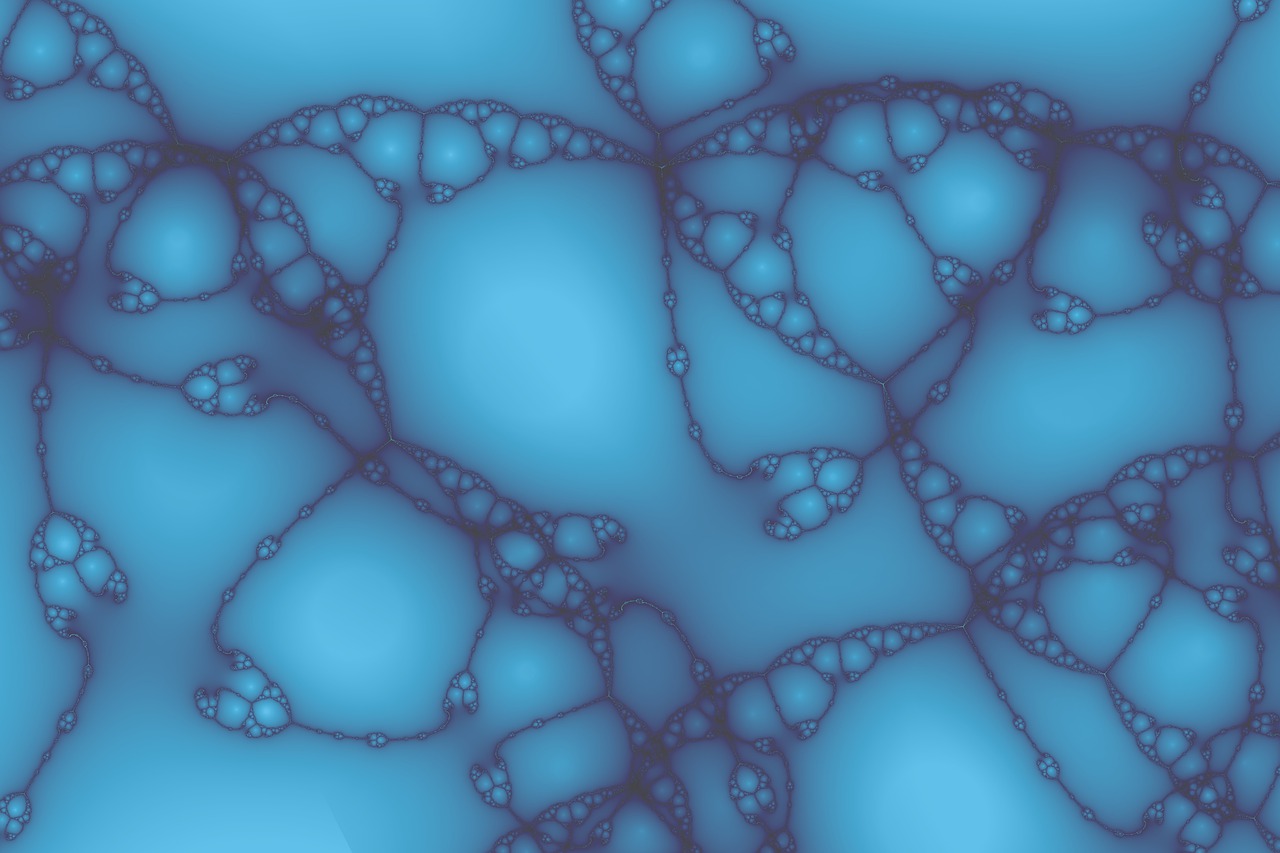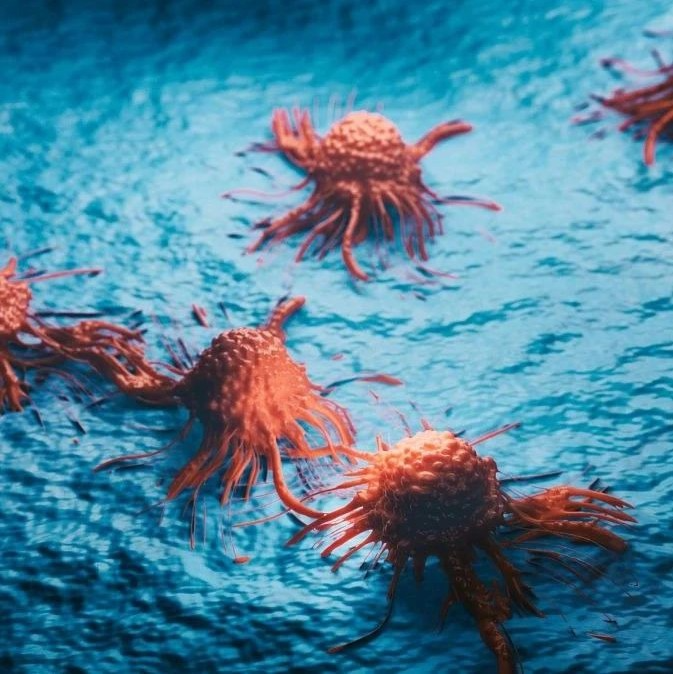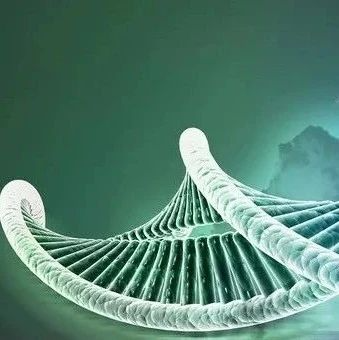近日科学家们发现了一种小分子可显著延长人类细胞的昼夜节律,其作用远远强过目前已知的任何药物及基因操作方法。研究人员证实这种小分子可使人类细胞的昼夜循环延长10小时以上,同时还可延长斑马鱼的昼夜节律。研究论文发表在12月14日的 PLoS Biology杂志上。这是研究人员第一次应用大规模化合物筛查的方法开展昼夜节律研究。新技术可帮助研究人员揭示出生物钟的机制,并筛选出治疗昼夜节律紊乱的候选药物。
地球上几乎所有的生物体其昼夜节律都可随着它们的行为、生理及新陈代谢而发生改变。机体内生物钟异常不仅会导致睡眠障碍,还与心血管疾病、癌症和许多代谢性疾病相关。尽管目前科学家们已发现了多个生物钟基因,证实这些基因编码的转录因子组成的网络可使得与生物昼夜节律相关的成千上万的基因呈节律性表达。但是目前科学家们对于生物钟系统的组成仍知之甚少。
为了鉴别出可影响生物钟功能的其他因子,加州大学圣地亚哥分校的分子生物学家Steve Kay及同事们决定采用一种独特的方法即通过化合物筛选的方法检测他们手中约10万种小分子对于生物钟周期的影响。
在试验中研究人员利用了一种特殊的人类细胞系。这种细胞系是研究人员从前开发的一种分析系统,当细胞的生物钟打开时细胞就会发出亮光。然后研究人员将12万种结构不同的功能未知的化合物分别处理这些细胞,并观察哪些细胞非同步发光。
尽管有大量的化合物都影响了细胞的生物钟,然而有一个化合物特别引起了研究人员的注意。研究人员发现这个化合物可以以剂量依赖性方式延长细胞的周期。研究人员接着又合成了大约40个该复合物的相关衍生物,并证实其中一个效应更强,可延长周期超过10个小时。“这远远超过任何一个单基因突变所能达到的效应,”Kay在给 The Scientist杂志的邮件中说道。研究人员将这个分子命名为“longdaysin”。
此外研究人员还在斑马鱼体内检测了longdaysin的效应,并发现了与人类细胞培养物中看到的类似的周期延长效应,证实这个化合物确实能够有效影响生物钟周期。
在检测longdaysin的作用机理过程中,研究人员证实longdaysin是通过作用于三种蛋白质激酶CKIδ, CKIα, 和ERK2而影响生物钟周期的。除了CKIδ是昼夜节律系统的一个已知的组件,CKIα 和 ERK2均是第一次被鉴定为生物钟基因,表明这种化合物筛查方法是一种用于鉴别新的生物钟组件的有效方法。
“我们的化学探针的优势在于它能够针对多个靶点,从而揭示出了两个与生物钟有关的新激酶,”Kay说:“现在我们能够明确地进行多种生物钟化合物筛查,这将推动我们揭示更多的生物钟新功能。”
推荐原文出处:
PLoS Biology DOI: 10.1371/journal.pbio.1000559
High-Throughput Chemical Screen Identifies a Novel Potent Modulator of Cellular Circadian Rhythms and Reveals CKIα as a Clock Regulatory Kinase
Tsuyoshi Hirota1,2, Jae Wook Lee2,3, Warren G. Lewis1,2, Eric E. Zhang1,2, Ghislain Breton1, Xianzhong Liu2, Michael Garcia2, Eric C. Peters2, Jean-Pierre Etchegaray4, David Traver1, Peter G. Schultz2,3, Steve A. Kay1*
1 Division of Biological Sciences, University of California San Diego, La Jolla, California, United States of America, 2 Genomics Institute of the Novartis Research Foundation, San Diego, California, United States of America, 3 Department of Chemistry, The Scripps Research Institute, La Jolla, California, United States of America, 4 Department of Neurobiology, University of Massachusetts Medical School, Worcester, Massachusetts, United States of America
Abstract
The circadian clock underlies daily rhythms of diverse physiological processes, and alterations in clock function have been linked to numerous pathologies. To apply chemical biology methods to modulate and dissect the clock mechanism with new chemical probes, we performed a circadian screen of ~120,000 uncharacterized compounds on human cells containing a circadian reporter. The analysis identified a small molecule that potently lengthens the circadian period in a dose-dependent manner. Subsequent analysis showed that the compound also lengthened the period in a variety of cells from different tissues including the mouse suprachiasmatic nucleus, the central clock controlling behavioral rhythms. Based on the prominent period lengthening effect, we named the compound longdaysin. Longdaysin was amenable for chemical modification to perform affinity chromatography coupled with mass spectrometry analysis to identify target proteins. Combined with siRNA-mediated gene knockdown, we identified the protein kinases CKIδ, CKIα, and ERK2 as targets of longdaysin responsible for the observed effect on circadian period. Although individual knockdown of CKIδ, CKIα, and ERK2 had small period effects, their combinatorial knockdown dramatically lengthened the period similar to longdaysin treatment. We characterized the role of CKIα in the clock mechanism and found that CKIα-mediated phosphorylation stimulated degradation of a clock protein PER1, similar to the function of CKIδ. Longdaysin treatment inhibited PER1 degradation, providing insight into the mechanism of longdaysin-dependent period lengthening. Using larval zebrafish, we further demonstrated that longdaysin drastically lengthened circadian period in vivo. Taken together, the chemical biology approach not only revealed CKIα as a clock regulatory kinase but also identified a multiple kinase network conferring robustness to the clock. Longdaysin provides novel possibilities in manipulating clock function due to its ability to simultaneously inhibit several key components of this conserved network across species.







